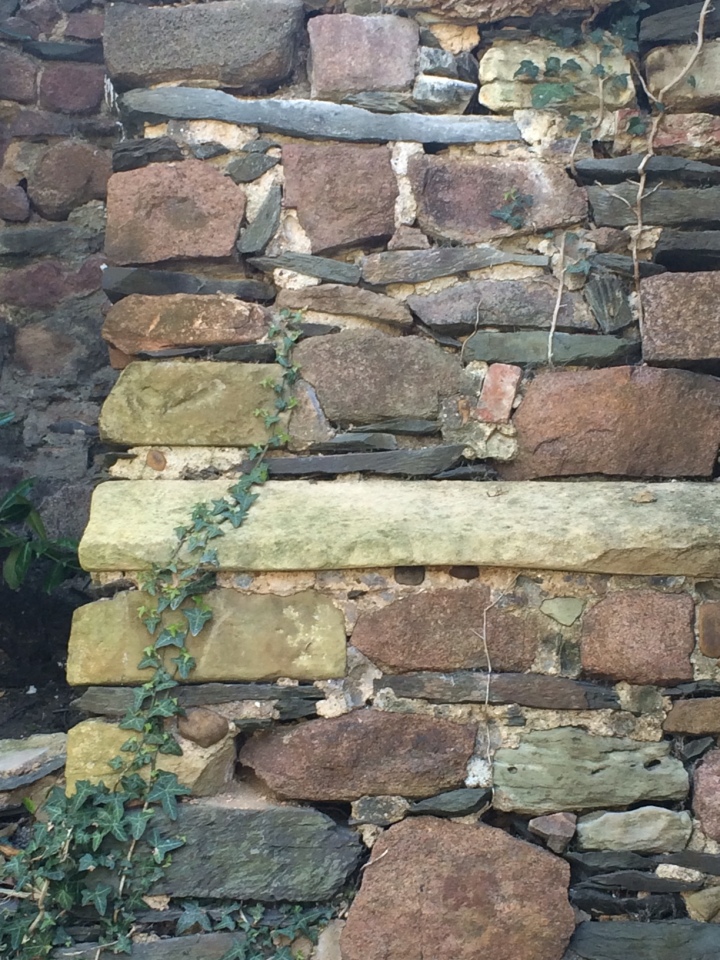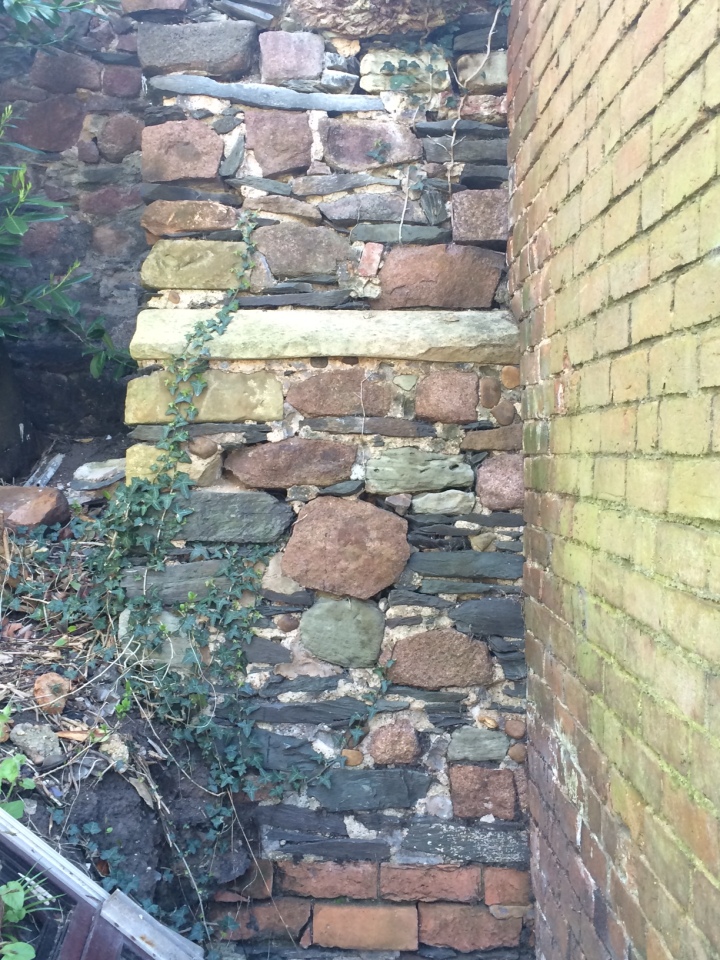Ross Willmott
Could we identify Cardinal Wolsey from DNA?
20th April, 2015

Saturday’s (18.4.15) Mercury had a double page spread on Cardinal Wolsey. This follows the articles I have published over the last two years about the missing cardinal. It was good to read an in depth piece about this extraordinary man.
I hope it adds further impetus to the archeology of the Abbey and the search for his remains.
There have been many excavations at the site of Leicester Abbey and as we learn more about archeology every new excavation has the potential to tell us more.
Many of the biographies of Wolsey claim that he had two children. A son Thomas Wynter (b.c.1510), who married and sired children. And Dorothy Clancey (b. 29 September 1512). Their mother was Joan Larke, Wolsey’s mistress.
Thomas was sent to live with a family in Willesden, and Dorothy, was adopted by John Clancey, and later placed in the Shaftesbury Nunnery, where she became a nun. She received a pension from Thomas Cromwell when her religious house was later dissolved.
Sometime after Wolsey’s arrest and death in November 1530, Thomas Wynter went to study at the University of Padua, at the King’s expense. When he returned to England penniless in about 1535, he was financially assisted by Queen Anne Boleyn, Wolsey’s former adversary.
So it may be possible to trace the blood line and establish the DNA ‘fingerprint’ of Wolsey. There seems scope for investigation here.
It may be more important to identify Wolsey’s DNA, than that of Richard III. There were many factors apart from the DNA that led to the conclusion that the bones found in Greyfriars were those of Richard. This is less likely with Wolsey. There were early attempts to locate the cardinal not least because of rumours about some of his vast wealth being buried with him. This may have caused his grave to have been disturbed and his remains moved or scattered. Indeed they could have been deliberately moved to frustrate grave robbers.
I have just finished reading an interesting biography of Wolsey, Naked To Mine Enemies. by Charles Ferguson. This is one of the most detailed accounts of his life, although the style is old fashioned and flowery it is an interesting read.
ps.
Something that has always puzzled me is what happened to all thousands of tons of stone that the Abbey was built of? Richard Buckley in his essay¹ discusses this issue and it is possible that some of the stonework of the Abbey found it’s way to Baggrave Hall, (Baggrave itself suffered damage in recent times by its previous owner the notorious Asil Nadir) both buildings being then owned by Francis Cave, immediately after the dissolution. There is still great scope to undertake more archeology here to better understand what happened after the great Abbey of Leicester was dismantled and sold off.
There are interesting pieces of dressed stone in
some garden walls in Belgrave.
Could these be part of the Abbey?
¹ Story, Bourne and Buckley. Eds.Leicester Abbey. 2006 Leicestershire Archeological and Historical Society. Page 95


Leave a comment